When you take a quick search on the internet and start googling the word tango, you will find a lot of photos of dancers wearing sensual and sultry costumes. You may also come up with a photo of a lady or gentleman biting a rose between her teeth. Out of all these photos, one color comes out dominantly. The intriguing and powerful color, the red.
It is easy to connect the dots and assume that such dance should be associated with the said color because tango has been known to be a sensual and passionate dance.
You often hear the Tango describes as “sex on the dance floor” because of its sexy innuendos and flirtatious dance steps.
However, before the red color became so popular that it was hailed the “unofficial color” of tango, a quick look back on history reveals that there was, in fact, a tango color that was a huge craze over a hundred years ago, and it was NOT the color red.
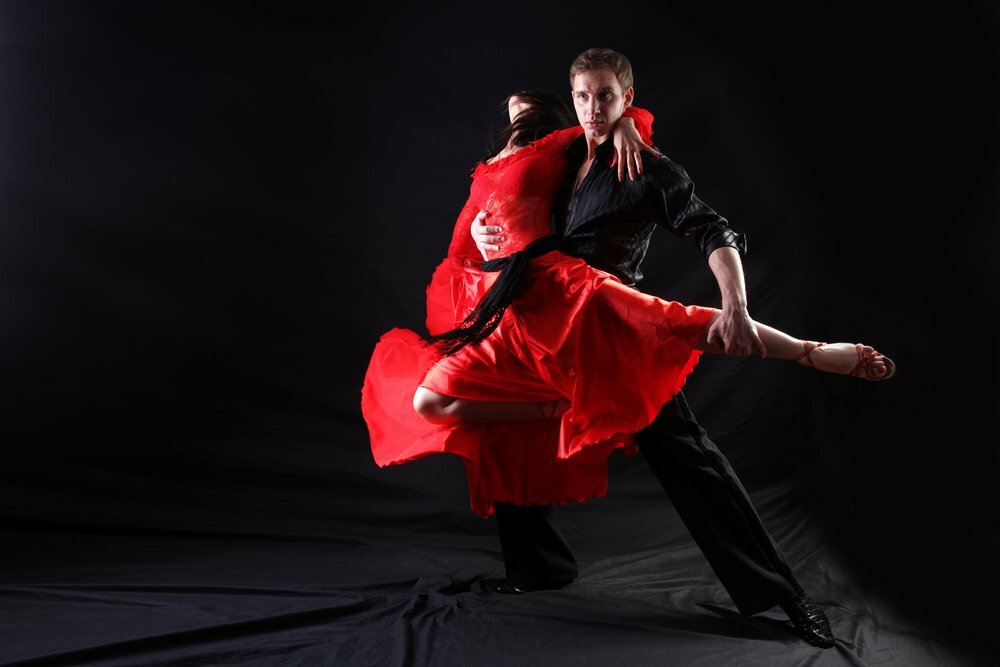
THE TANGO ORANGE CRAZE
It has been common knowledge that tango had been rooted on the streets of the poor neighborhood of Buenos Aires.
Immigrants living in the slum area who were searching for comfort and solace have managed to create their own music, popularly known as the “music of the immigrants”, which later on became a name for a social gathering.
The music they call “tambo” or “tango” has developed dance steps that express the desire of the poor to be free from the shackles of despair and sorrows of poverty.
Although the dance has been looked down upon by upper-class society, mainly because of its popularity with the poor, it has still managed to eventually infiltrate the world of the middle-class and has become a very in-demand activity.
In fact, as stated in an article written by Dance Facts,
“By the mid-1800s, tango became a dance of choice during “conventillos” gatherings (large houses owned by several families, which featured dance halls or open ground suitable for dance gatherings) in the booming city of Buenos Aires.”
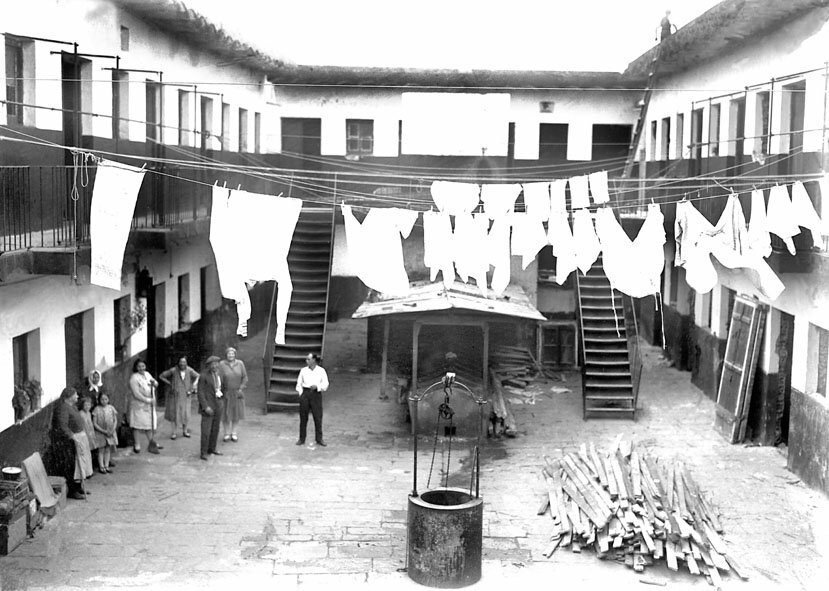
As you see, conventillo was not at all any glamorous space or a dance hall. Just an open-air space between buildings where one was surrounded by neighbors and their laundry
but separated from the street and thus with a bit of privacy.
Because of its rising popularity, the children of wealthy Argentine families brought with them the Argentine Tango when they were sent to prestigious schools in different countries. Tango, with its risqué dance steps, became swiftly very popular. In fact, tango became a craze even in Paris. Tango-related parties and classes were emerging everywhere.
Tango Orange!
And here is where the color association starts.
As per popular brief history the color didn’t have any connection with meanings and sentimentality. It was a mere marketing strategy utilized by a very well-known fashion designer to sell his unsold stock of orange-colored fabrics.
By naming it Tango Orange, since the Tango was becoming more and more popular, he managed to catch everyone’s attention, and his unsold stock became sold out in an instant.
As people wanted to join the craze, they started wearing tango orange to show their love and passion for the dance, even if they couldn't dance it themselves.
Due to this increasingly popular demand, Tango Orange has become “THE” tango color.
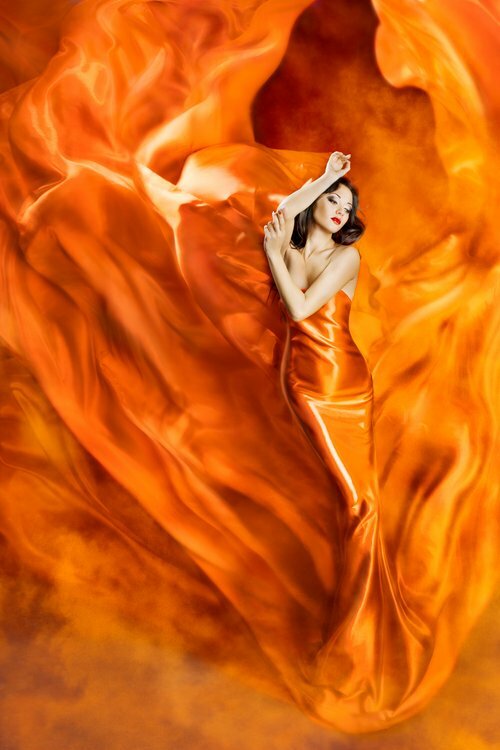
Tango yellow?
In the early 1900s, a revolution of yellow satin harem pants overtook the tango fashion.
The so called “genie pants”, or “elephant pants”, or “Aladdin pants”, were extremely full, puffed Turkish-style pants.
These harem pants were a part of a Paris couturier, Paul Poiret’s efforts to reinvent and ‘liberate’ Western female fashion.
Western female fashion. His "Style Sultane" included the jupe-culotte or harem pant, made with full legs tied in at the ankle. These designs were seen as controversial as Western women typically did not wear trousers. However, on the female population’s side, it was a huge relief from the constricting dresses that they social customs were forcing them to wear.
Designers even advertised the ‘Tango Visite’ dress, which featured a loose transparent bodice and a skirt shortened to the mid-calf. Corsets were also influenced by the tango culture, as a specific dance corset was designed to make upper body movement much easier and less restrictive for women.
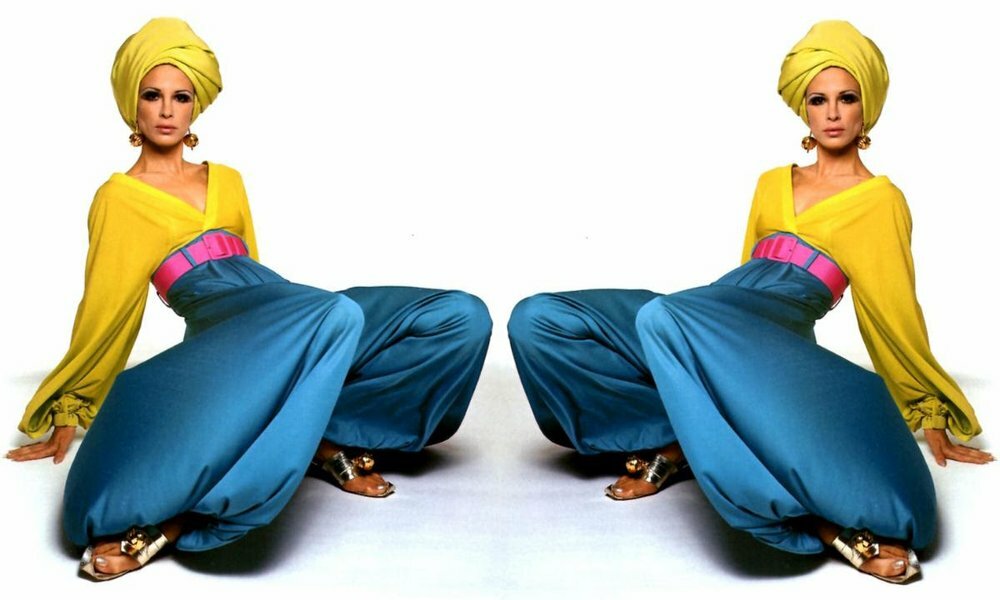
IS RED THE COLOR OF TANGO?
When it comes to color association in the modern era, red would come out naturally when we think of tango.
Gone are the Edwardian yellow and orange color schemes replaced by the strong and intimidating winner, color red.
Red has been a color often connected to extremities. Natalie Wolchover summarized this in the article she wrote for Live Science.
“Red has a range of symbolic meanings through many different cultures, including life, health, vigor, war, courage, anger, love and religious fervor. The common thread is that all these require passion.”
Tango and Red, both, have passion as a common denominator. While red is known to be a color of intensity, tango is known to be a very intense dance.
Both require connection. In the case of Tango the connection is not only physical, but also emotional. The passion emanates from the couple to convey strong emotions that cannot be enunciated in words.
We can see such strong expressions in a scene of the movie ‘Moulin Rouge’.
The red light references the atmosphere of bordellos and makes the scene more dramatic,
while the lyrics openly describe the desire, betrayal and jealousy.
First, there is desire
Then, passion
Then, suspicion
Jealousy, anger, betrayal!
Love is for the highest bidder, there is no trust
Without trust, there is no love!
Jealousy, yes, jealousy!
Will drive you!
Will drive you!
Will drive you!
Mad!
Alongside passion, tango has also been analogized with seduction. Tango Mentor describes:
“The tango as a dance is a game of seduction and like any game of seduction it begins in the eyes, in a glance and has very clear rules.”
The market uses red to entice people as it is considered a powerful stimulant to the adrenal gland that gives us the energy to take action on our yearnings. The desire can be seen in the daring and alluring steps of tango. It is more like talking, but instead of using words as a language, the body movements serve as expression.
Red is strong
Red can also be seen as an expression of hunger for freedom from the bonds of sorrow and loneliness.
As red is used to symbolize strength, so is tango. Tango has been the source of resilience used by the lonely porteňos to overcome their sorrow of facing more poverty instead of wealth when they faced the new world.
Attention PLEASE!
Red is also a color that catches instant attention. In the movie ‘Gone with the Wind’, we can see Scarlet using the iconic red gown to manipulate Ashley. Red, although very intimidating to wear, frequently empowers a woman wearing it. It can boost confidence and gives an illusion of a strong character.
(Gone With the Wind, 1939)
But be careful! Red is also correlated with scandal and bad news.
When announcing her marriage to Frank Kennedy not because of love but because of money, Scarlet is also wearing a red dress.
(Gone With the Wind, 1939)
Tango was also seen as scandalous before it became as openly accepted as it is now.
Linking the history of tango to the brothels of Argentina, the upper-class society indeed looked down upon the dance for its linkage with prostitution.
Red heart, love, and happiness
On a different note,
red is also the color very deeply linked to love and happiness.
When we think of love, just like in tango, red crosses the mind immediately. Tango may have started as a dance used to emulate a duel between two men fighting, but over time, it has become a symbol of love and partnership to the couple dancing it. The fiery passion and desire are overthrown by the deep connection emitted when we see two people dancing the tango.
The association of tango and red is still very pronounced and many people wear the color to add more flavor to the dance.
Just like the red lighting on the movie set, red dress seems to be adding more drama and intensity to the tango.
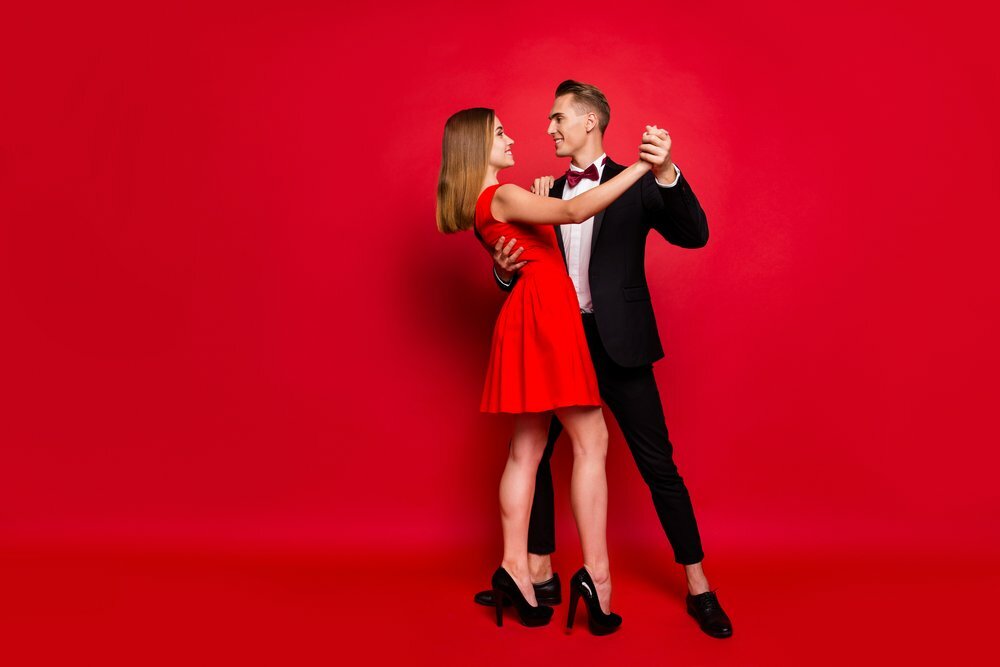
A little bit cliché
The truth is that so far, Tango, to this day, does not really have its “official” color.
Its usual red and black that we see everywhere is simply a concept that has been heavily influenced by the stage Tango. Although many people embrace such a concept as it matches the sensuality exuded in the dance steps and its clear connection to the dance’s connotation, there are also some people who find these colors cliché and over the top.
Remember, though, that no matter the color of the outfit you choose to wear, none of it is truly important. Tango is not restricted to any color.
All that matters is the confidence that the chosen outfit awakens in you when you attend the class, the practica, or the milonga.
If you wish to learn Argentine Tango, we put our methodology in the book. You can reserve yours HERE.

